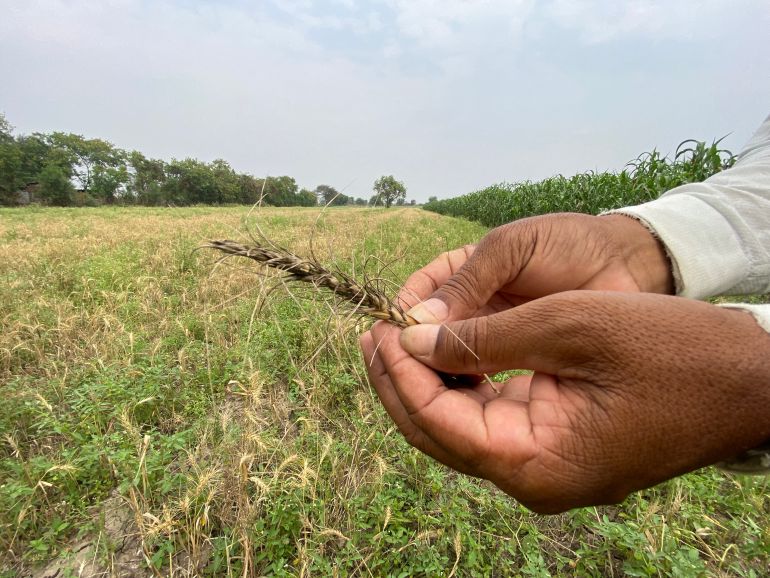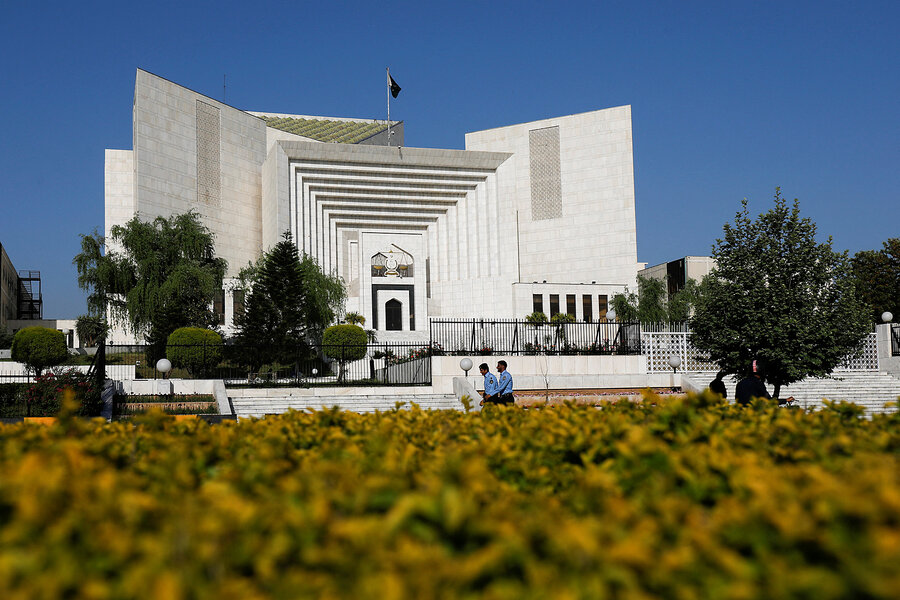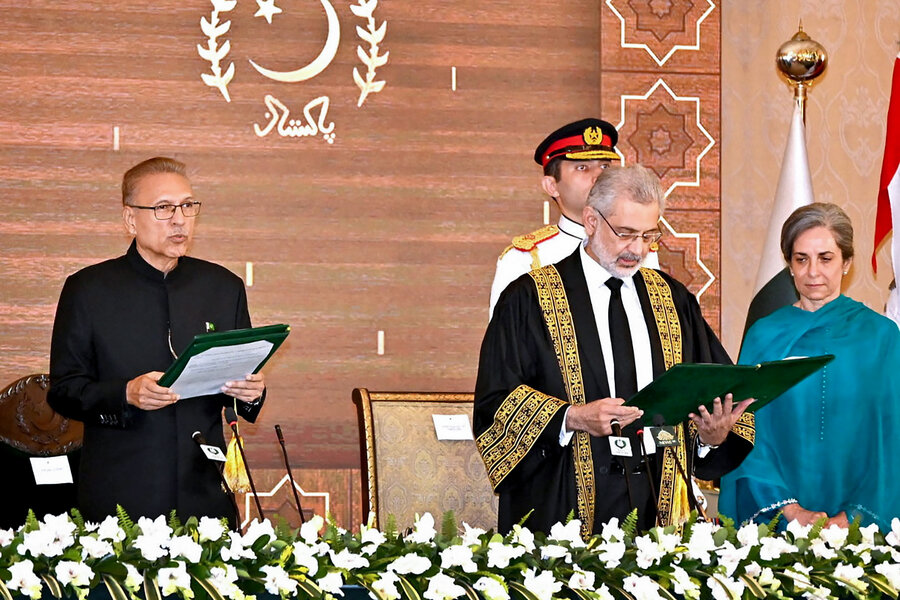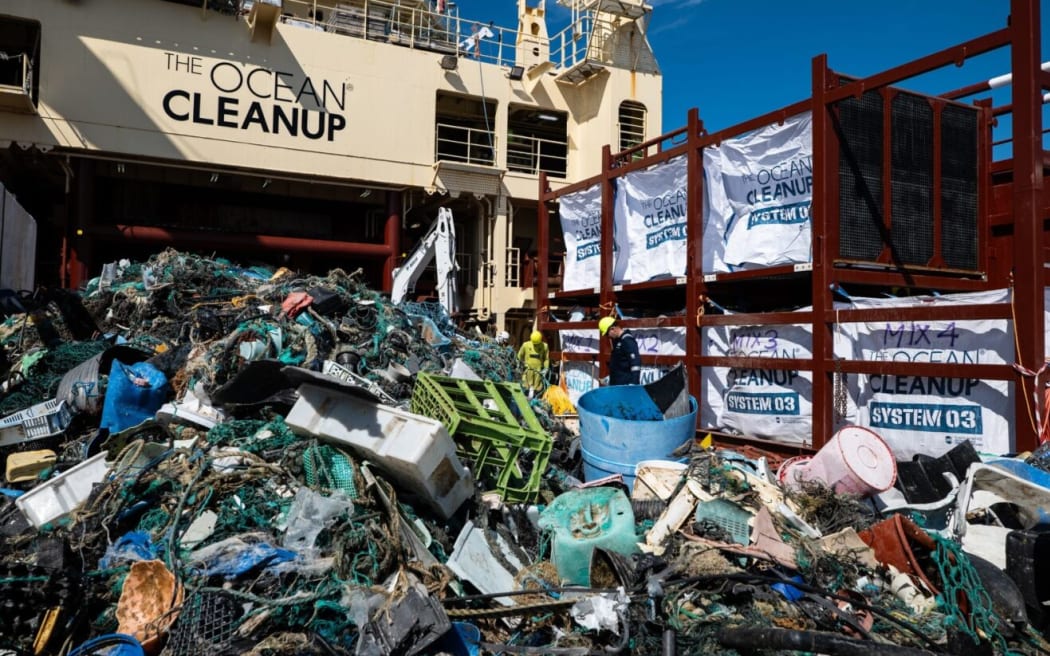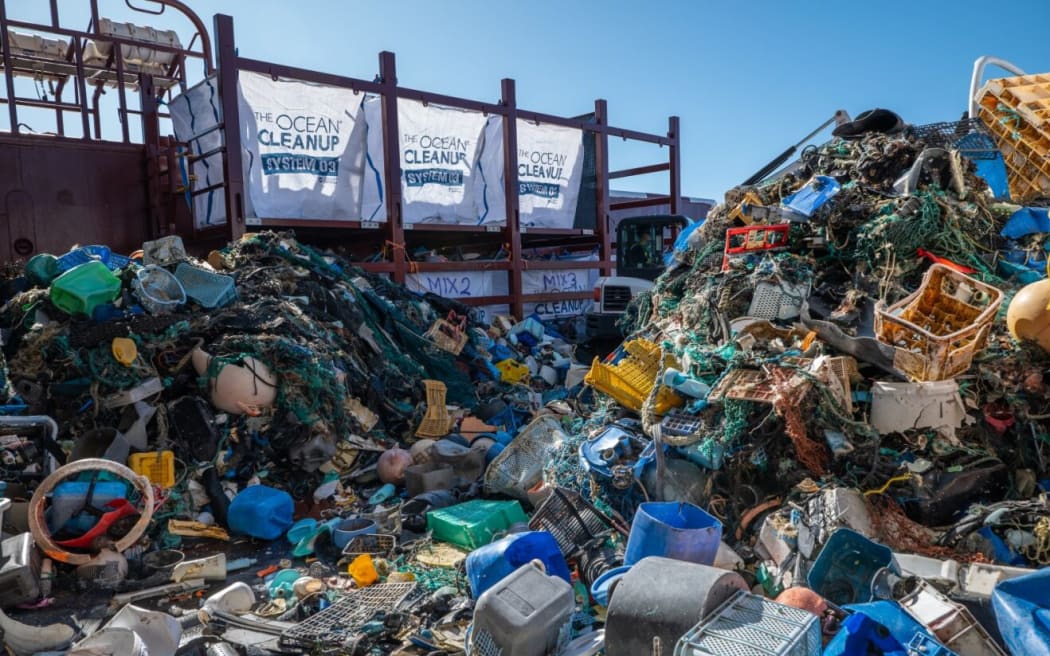“To this day I feel humiliation for what was done to me… The time I spent in Abu Ghraib – it ended my life. I’m only half a human now.” That’s what Abu Ghraib survivor Talib al-Majli had to say about the 16 months he spent at that notorious prison in Iraq after being captured and detained by American troops on October 31, 2003. In the wake of his release, al-Majli has continued to suffer a myriad of difficulties, including an inability to hold a job thanks to physical and mental-health deficits and a family life that remains in shambles.
He was never even charged with a crime – not exactly surprising, given the Red Cross’s estimate that 70% to 90% of those arrested and detained in Iraq after the 2003 American invasion of that country were guilty of nothing. But like other survivors, his time at Abu Ghraib continues to haunt him, even though, nearly 20 years later in America, the lack of justice and accountability for war crimes at that prison has been relegated to the distant past and is considered a long-closed chapter in this country’s War on Terror.
The Abu Ghraib “Scandal”
On April 28th, 2004, CBS News’s 60 Minutes aired a segment about Abu Ghraib prison, revealing for the first time photos of the kinds of torture that had happened there. Some of those now-infamous pictures included a black-hooded prisoner being made to stand on a box, his arms outstretched and electrical wires attached to his hands; naked prisoners piled on top of each other in a pyramid-like structure; and a prisoner in a jumpsuit on his knees being threatened with a dog. In addition to those disturbing images, several photos included American military personnel grinning or posing with thumbs-up signs, indications that they seemed to be taking pleasure in the humiliation and torture of those Iraqi prisoners and that the photos were meant to be seen.
Once those pictures were exposed, there was widespread outrage across the globe in what became known as the Abu Ghraib scandal. However, that word “scandal” still puts the focus on those photos rather than on the violence the victims suffered or the fact that, two decades later, there has been zero accountability when it comes to the government officials who sanctioned an atmosphere ripe for torture.
Thanks to the existence of the Federal Tort Claims Act, all claims against the federal government, when it came to Abu Ghraib, were dismissed. Nor did the government provide any compensation or redress to the Abu Ghraib survivors, even after, in 2022, the Pentagon released a plan to minimize harm to civilians in U.S. military operations. However, there is a civil suit filed in 2008 – Al Shimari v. CACI – brought on behalf of three plaintiffs against military contractor CACI’s role in torture at Abu Ghraib. Though CACI tried 20 times to have the case dismissed, the trial – the first to address the abuse of Abu Ghraib detainees – finally began in mid-April in the Eastern District Court of Virginia. If the plaintiffs succeed with a ruling in their favor, it will be a welcome step toward some semblance of justice. However, for other survivors of Abu Ghraib, any prospect of justice remains unlikely at best.
The Road to Abu Ghraib
”My impression is that what has been charged thus far is abuse, which I believe technically is different from torture… And therefore, I’m not going to address the ‘torture’ word.” So said Secretary of Defense Donald Rumsfeld at a press conference in 2004. He failed, of course, to even mention that he and other members of President George W. Bush’s administration had gone to great lengths not only to sanction brutal torture techniques in their “Global War on Terror,” but to dramatically raise the threshold for what might even be considered torture.
As Vian Bakir argued in her book Torture, Intelligence and Sousveillance in the War on Terror: Agenda-Building Struggles, his comments were part of a three-pronged Bush administration strategy to reframe the abuses depicted in those photos, including providing “evidence” of the supposed legality of the basic interrogation techniques, framing such abuses as isolated rather than systemic events, and doing their best to destroy visual evidence of torture altogether.
Although top Bush officials claimed to know nothing about what happened at Abu Ghraib, the war on terror they launched was built to thoroughly dehumanize and deny any rights to those detained. As a 2004 Human Rights Watch report, “The Road to Abu Ghraib,” noted, a pattern of abuse globally resulted not from the actions of individual soldiers, but from administration policies that circumvented the law, deployed distinctly torture-like methods of interrogation to “soften up” detainees, and took a “see no evil, hear no evil,” approach to any allegations of prisoner abuse.
In fact, the Bush administration actively sought out legal opinions about how to exclude war-on-terror prisoners from any legal framework whatsoever. A memorandum from Attorney General Alberto Gonzales to President Bush argued that the Geneva Conventions simply didn’t apply to members of the terror group al-Qaeda or the Afghan Taliban. Regarding what would constitute torture, an infamous memo, drafted by Office of Legal Counsel attorney John Yoo, argued that “physical pain amounting to torture must be equivalent in intensity to the pain accompanying serious physical injury, such as organ failure, impairment of bodily function, or even death.” Even after the Abu Ghraib photos became public, Rumsfeld and other Bush administration officials never relented when it came to their supposed inapplicability. As Rumsfeld put it in a television interview, they “did not apply precisely” in Iraq.
In January 2004, Major General Anthony Taguba was appointed to conduct an Army investigation into the military unit, the 800th Military Police Brigade, which ran Abu Ghraib, where abuses had been reported from October through December 2003. His report was unequivocal about the systematic nature of torture there: “Between October and December 2003, at the Abu Ghraib Confinement Facility (BCCF), numerous incidents of sadistic, blatant, and wanton criminal abuses were inflicted on several detainees. This systemic and illegal abuse of detainees was intentionally perpetrated by several members of the military police guard force (372nd Military Police Company, 320th Military Police Battalion, 800th MP Brigade), in Tier (section) 1-A of the Abu Ghraib Prison.”
Sadly, the Taguba report was neither the first nor the last to document abuse and torture at Abu Ghraib. Moreover, prior to its release, the International Committee of the Red Cross had issued multiple warnings that such abuse was occurring at Abu Ghraib and elsewhere.
Simulating Atonement
Once the pictures were revealed, President Bush and other members of his administration were quick to condemn the violence at the prison. Within a week, Bush had assured King Abdullah of Jordan, who was visiting the White House, that he was sorry about what those Iraqi prisoners had endured and “equally sorry that people who’ve been seeing those pictures didn’t understand the true nature and heart of America.”
As scholar Ryan Shepard pointed out, Bush’s behavior was a classic case of “simulated atonement,” aimed at offering an “appearance of genuine confession” while avoiding any real responsibility for what happened. He analyzed four instances in which the president offered an “apologia” for what happened – two interviews with Alhurra and Al Arabiya television on May 5, 2004, and two appearances with the King of Jordan the next day.
In each case, the president also responsible for the setting up of an offshore prison of injustice on occupied Cuban land in Guantánamo Bay in 2002 managed to shift the blame in classic fashion, suggesting that the torture had not been systematic and that the fault for it lay with a few low-level people. He also denied that he knew anything about torture at Abu Ghraib prior to the release of the photos and tried to restore the image of America by drawing a comparison to what the regime of Iraqi autocrat Saddam Hussein had done prior to the American invasion.
In his interview with Alhurra, for example, he claimed that the U.S. response to Abu Ghraib – investigations and justice – would be unlike anything Saddam Hussein had done. Sadly enough, however, the American takeover of that prison and the torture that occurred there was anything but a break from Hussein’s reign. In the context of such a faux apology, however, Bush apparently assumed that Iraqis could be easily swayed on that point, regardless of the violence they had endured at American hands; that they would, in fact, as Ryan Shepard put it, “accept the truth-seeking, freedom-loving American occupation as vastly superior to the previous regime.”
True accountability for Abu Ghraib? Not a chance. But revisiting Bush’s apologia so many years later is a vivid reminder that he and his top officials never had the slightest intention of truly addressing those acts of torture as systemic to America’s war on terror, especially because he was directly implicated in them.
Weapons of American Imperialism
On March 19th, 2003, President Bush gave an address from the Oval Office to his “fellow citizens.” He opened by saying that “American and coalition forces are in the early stages of military operations to disarm Iraq, to free its people and to defend the world from grave danger.” The liberated people of Iraq, he said, would “witness the honorable and decent spirit of the American military.”
There was, of course, nothing about his invasion of Iraq that was honorable or decent. It was an illegally waged war for which Bush and his administration had spent months building support. In his State of the Union address in 2002, in fact, the president had referred to Iraq as part of an “axis of evil” and a country that “continues to flaunt its hostility toward America and to support terror.” Later that year, he began to claim that Saddam’s regime also had weapons of mass destruction. (It didn’t and he knew it.) If that wasn’t enough to establish the threat Iraq supposedly posed, in January 2003, Vice President Dick Cheney claimed that it “aids and protects terrorists, including members of al-Qaeda.”
Days after Cheney made those claims, Secretary of State Colin Powell falsely asserted to members of the U.N. Security Council that Saddam Hussein had chemical weapons, had used them before, and would not hesitate to use them again. He mentioned the phrase “weapons of mass destruction” 17 times in his speech, leaving no room to mistake the urgency of his message. Similarly, President Bush insisted the U.S. had “no ambition in Iraq, except to remove a threat and restore control of that country to its own people.”
The false pretenses under which the U.S. waged war on Iraq are a reminder that the war on terror was never truly about curbing a threat, but about expanding American imperial power globally.
When the United States took over that prison, they replaced Saddam Hussein’s portrait with a sign that said, “America is the friend of all Iraqis.” To befriend the U.S. in the context of Abu Ghraib, would, of course, have involved a sort of coerced amnesia.
In his essay “Abu Ghraib and its Shadow Archives,” Macquarie University professor Joseph Pugliese makes this connection, writing that “the Abu Ghraib photographs compel the viewer to bear testimony to the deployment and enactment of absolute U.S. imperial power on the bodies of the Arab prisoners through the organizing principles of white supremacist aesthetics that intertwine violence and sexuality with Orientalist spectacle.”
As a project of American post-9/11 empire building, Abu Ghraib and the torture of prisoners there should be viewed through the lens of what I call carceral imperialism – an extension of the American carceral state beyond its borders in the service of domination and hegemony. (The Alliance for Global Justice refers to a phenomenon related to the one I’m discussing as “prison imperialism.”) The distinction I draw is based on my focus on the war on terror and how the prison became a tool through which that war was being fought. In the case of Abu Ghraib, the capture, detention, and torture through which Iraqis were contained and subdued was a primary strategy of the U.S. colonization of Iraq and was used as a way to transform detained Iraqis into a visible threat that would legitimize the U.S. presence there. (Bagram prison in Afghanistan was another example of carceral imperialism.)
Beyond Spectacle and Towards Justice
What made the torture at Abu Ghraib possible to begin with? While there were, of course, several factors, it’s important to consider one above all: the way the American war not on, but of terror rendered Iraqi bodies so utterly disposable.
One way of viewing this dehumanization is through philosopher Giorgio Agamben’s Homo Sacer, which defines a relationship between power and two forms of life: zoe and bios. Zoe refers to an individual who is recognized as fully human with a political and social life, while bios refers to physical life alone. Iraqi prisoners at Abu Ghraib were reduced to bios, or bare life, while being stripped of all rights and protections, which left them vulnerable to uninhibited and unaccountable violence and horrifying torture.
Twenty years later, those unforgettable images of torture at Abu Ghraib serve as a continuous reminder of the nature of American brutality in that Global War on Terror that has not ended. They continue to haunt me – and other Muslims and Arabs – 20 years later. They will undoubtedly be seared in my memory for life.
Whether or not justice prevails in some way for Abu Ghraib’s survivors, as witnesses – even distant ones – to what transpired at that prison, our job should still be to search for the stories behind the hoods, the bars, and the indescribable acts of torture that took place there. It’s crucial, even so many years later, to ensure that those who endured such horrific violence at American hands are not forgotten. Otherwise, our gaze will become one more weapon of torture – extending the life of the horrific acts in those images and ensuring that the humiliation of those War on Terror prisoners will continue to be a passing spectacle for our consumption.
Two decades after those photos were released, what’s crucial about the unbearable violence and horror they capture is the choice they still force viewers to make – whether to become just another bystander to the violence and horror this country delivered under the label of the War on Terror or to take in the torture and demand justice for the survivors.
Follow TomDispatch on Twitter and join us on Facebook. Check out the newest Dispatch Books, John Feffer’s new dystopian novel, Songlands (the final one in his Splinterlands series), Beverly Gologorsky’s novel Every Body Has a Story, and Tom Engelhardt’s A Nation Unmade by War, as well as Alfred McCoy’s In the Shadows of the American Century: The Rise and Decline of U.S. Global Power, John Dower’s The Violent American Century: War and Terror Since World War II, and Ann Jones’s They Were Soldiers: How the Wounded Return from America’s Wars: The Untold Story.

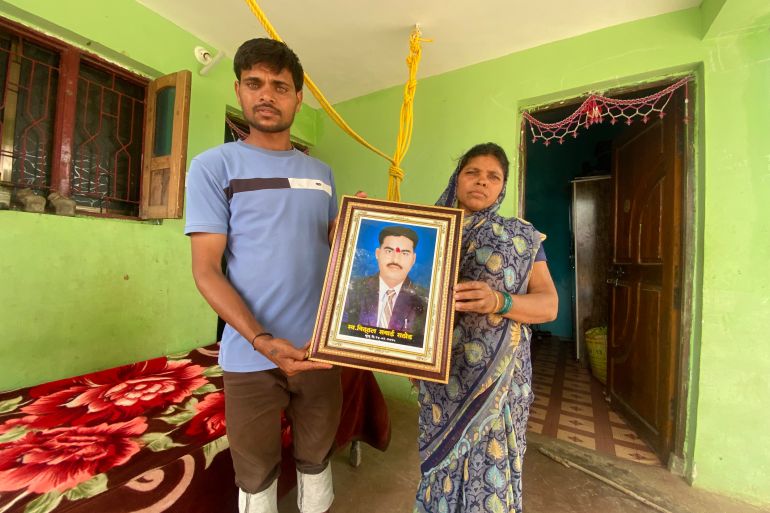 Family members of Vithal Rathod, the farmer in Dabhadi village who took his own life, stand outside their home in Yavatmal. It was in Dabhadi that Prime Minister Narendra Modi launched his farm outreach in 2014. A decade later, crosses losses, debts and deaths are mounting [Kunal Purohit/Al Jazeera]
Family members of Vithal Rathod, the farmer in Dabhadi village who took his own life, stand outside their home in Yavatmal. It was in Dabhadi that Prime Minister Narendra Modi launched his farm outreach in 2014. A decade later, crosses losses, debts and deaths are mounting [Kunal Purohit/Al Jazeera]
